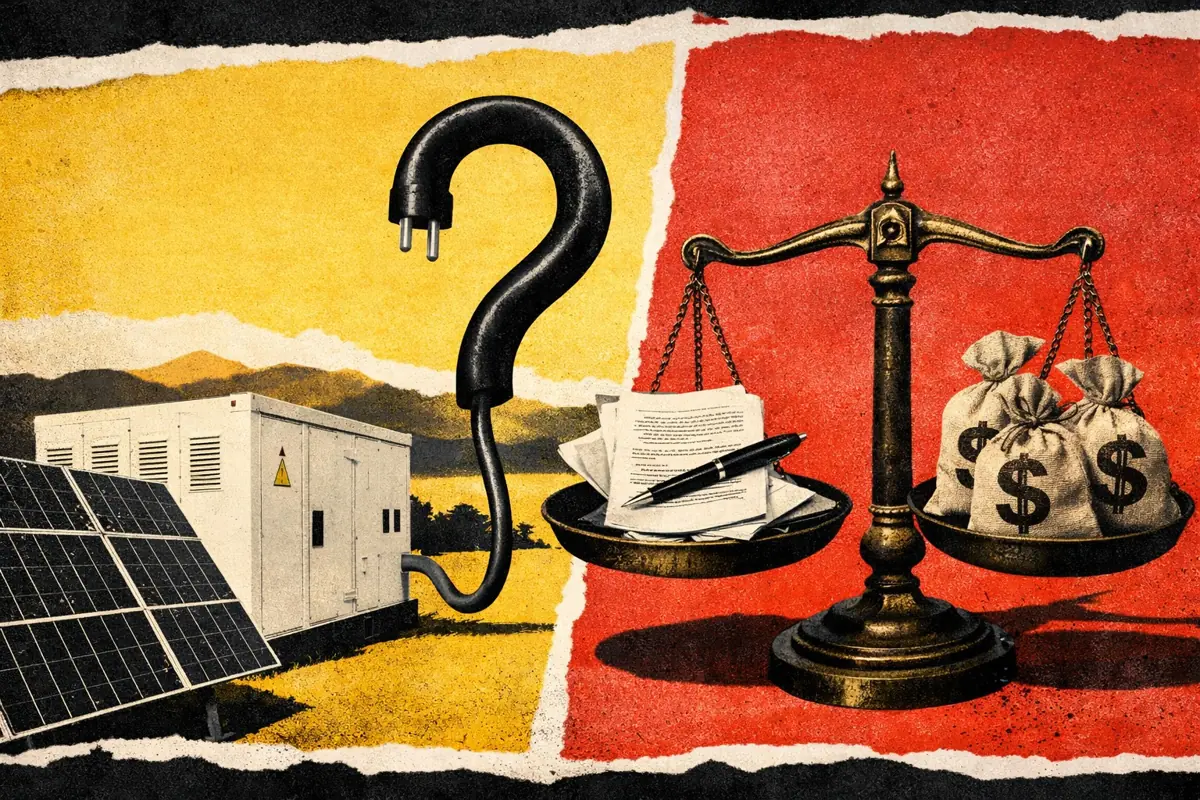GB BESS Outlook Q3 2024: Battery revenue stacking and dispatch optimization
GB BESS Outlook Q3 2024: Battery revenue stacking and dispatch optimization
Battery operators maximize revenues by performing actions across multiple markets, ‘stacking’ revenues from each. These markets will continue to evolve, so how will battery sites with different configurations be optimized between them? And what is the optimal configuration to capture the most value?
This article was updated in Q3 2024 with the latest market data and results from version 3.1 of the forecast. For more details on the GB BESS Outlook, head to our executive summary here.
Revenue stacking is key to maximizing battery revenues
Battery energy storage assets can operate in a number of different markets, with different mechanisms. Optimization is all about ‘stacking’ these markets together, maximizing revenues by allowing a battery to trade between them.
This stacking can occur across a project’s lifetime, such as layering revenues from the Capacity Market on top of other markets. But it can also occur within a day or even a half-hour, with the battery physically switching between and dispatching into different services and markets.
How these different revenue streams can be stacked together differs based on each market. A few can be fully stacked in the same direction - with the same MW earning revenue from multiple sources. Most others can be split - with different actions in the same direction earning revenue. The remaining can be stacked in opposite directions.

Physically, batteries have a limited energy capacity and ability to cycle. This provides an upper limit to the number of actions that can be performed in a day. In this article, we explore how these constraints affect the optimization of battery revenues from the different markets.
Physical and operational limitations constrain battery dispatch
Market conditions and prices are major drivers of dispatch decisions, but these need to be considered alongside the operational and physical limitations of a battery. Rules around stacking and ramping limit which markets a battery can be simultaneously entered into. Duration and cycling constraints, meanwhile, limit the energy volume, or “throughput”, that can be delivered through a battery.
Throughput is a major consideration for batteries with more restrictive cycling limits
Already a subscriber?
Log in







